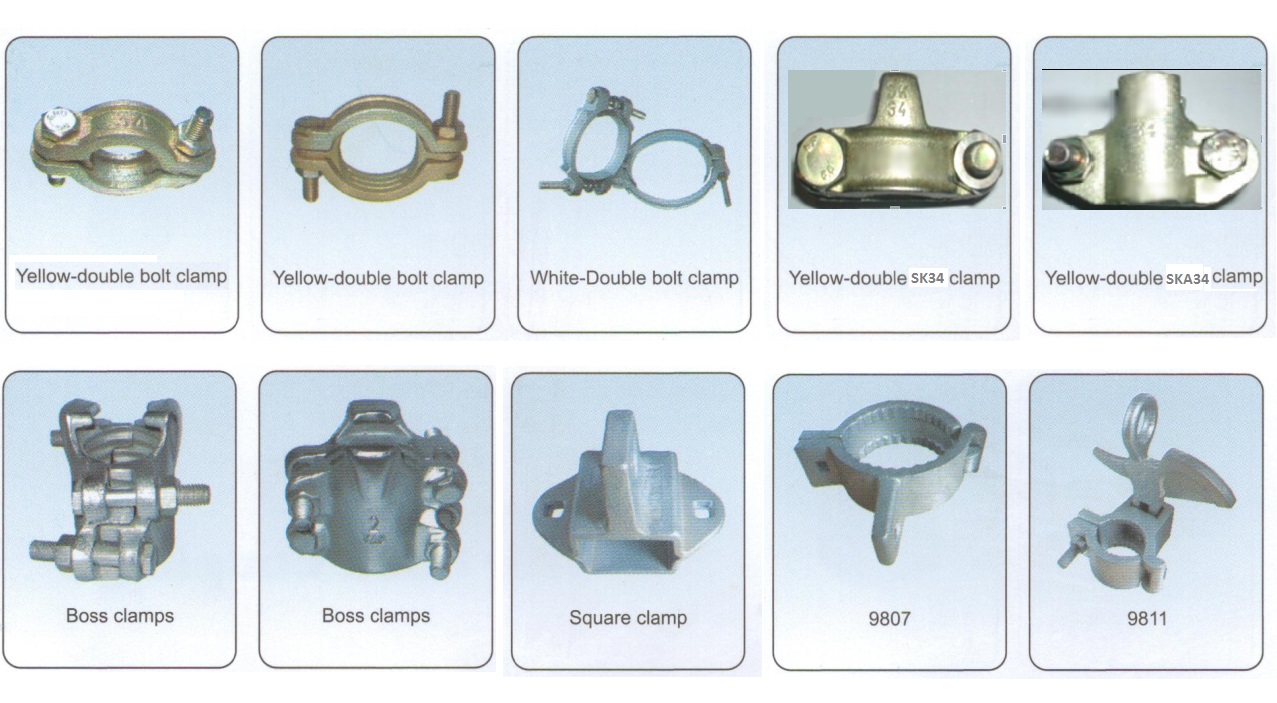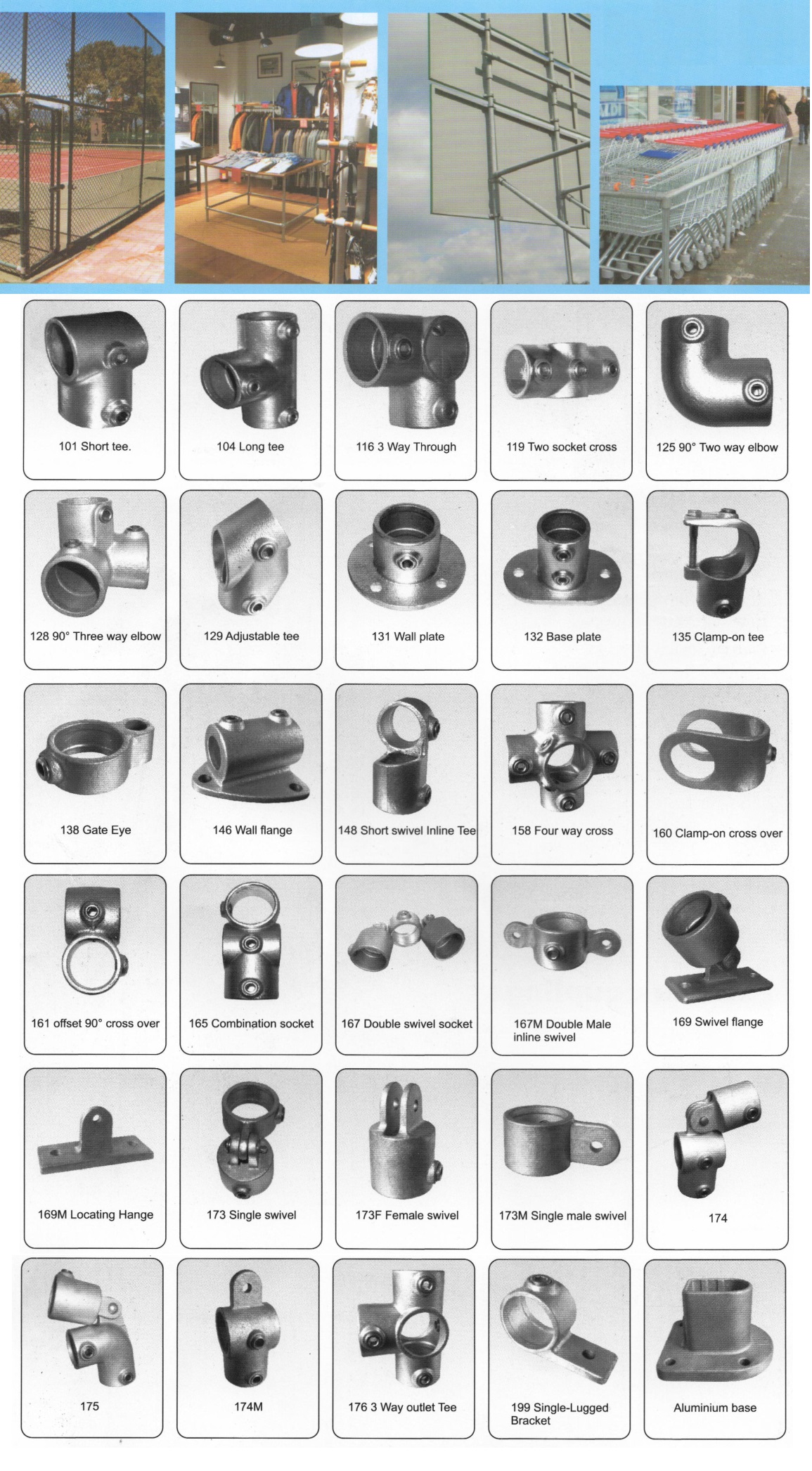Scientific research on "skeletal skeletal muscle cells"
According to foreign media reports, scientists developed the first successful powered by a living muscle cells of walking robot, which is composed of a biological muscle and mechanical components.
The biological muscles are very flexible, allowing the robot to advance in the laboratory, and the researchers say it will lead the next generation of flexible "biobots." Researchers at the University of Illinois in the United States have developed this miniature muscle-driven biorobot, which is moved by current control.
The "walking biorobot" is driven by strip muscle cells and is controlled by current pulses. University of Illinois Department of Bioengineering Rashid - Omar al-Bashir is responsible for the study, he said: "driven by the muscle cells of the biological activity of scientists is expected to build the basic elements of any biological mechanism, we try to somehow Combine engineering principles with biology to enable the design and development of systems for biomechanical devices and environmental medical applications."
Biology is very powerful, and if we take advantage of it in some way, we will get some amazing discoveries. Bashir is a pioneer in the design and manufacture of bio-robots. The newly developed micro-biobots are less than 1 cm long and are made of flexible 3D printed hydrogel materials and living cells.
Previously, the research team confirmed that biological robots can walk independently, powered by mouse heart cells, but heart cells often shrink, making it difficult for researchers to control robot movement. Therefore, for engineers, it is difficult to start, stop, accelerate or decelerate a biological robot developed using heart cells.
The newly developed "walking biorobot" is a strip-shaped skeletal muscle cell triggered by a current pulse. Researchers use a very good method to control bio-robots and open up other possibilities for forward-looking design. Engineers can customize bio-robots on demand and let them Complete some special applications.
Inspired by the muscle-tendon-skeletal complex structure in nature, this miniature robot's backbone structure is a 3D printed hydrogel that is very strong but flexible and can be bent like a joint.
Two columns are used to secure the strip muscles to the hydrogel backbone structure, just as the tendon attaches to the muscles on the bone, and the two columns serve as the legs of the biorobot. Researchers can control the walking speed of the robot by regulating the current pulse frequency.
Material: Malleable Iron
Type: Double bolts Hose Clamps, Interlock hose clamps, other special type
Double bolts hose clamps size: SL-22,SL-29,SL-34,SL-40,SL-49,SL-60,SL-76,SL-94,SL-115,SL-145,SL-400,SL-463,SL-525,SL-550,SL-600,SL-675,SL-769,SL-818,SL-875,SL-988,SL-1125,SL-1275, SL-1450
Interlock clamps size: 1/2" to 2"
Application: Pipelines,brackets

Material: ASTM A197
Finishing: Hot dipped galvanized
Application: Connection with pipes for Industry, Market or Home.
Size:
| Pipe Clamp Size | Normal Size inch | O.D. in mm |
| T21 | 1/2" | 21.3 |
| A27 | 3/4" | 26.9 |
| B34 | 1" | 33.7 |
| C42 | 1-1/4" | 42.4 |
| D48 | 1-1/2" | 48.3 |
| E60 | 2" | 60.3 |

Pipe Clamps,Tube Clamp,Pvc Pipe Clamps,Conduit Clamps
HEBEI ZIFENG NEW ENERGY TECHNOLOGY CO.,LTD. , https://www.zifengpipeline.com